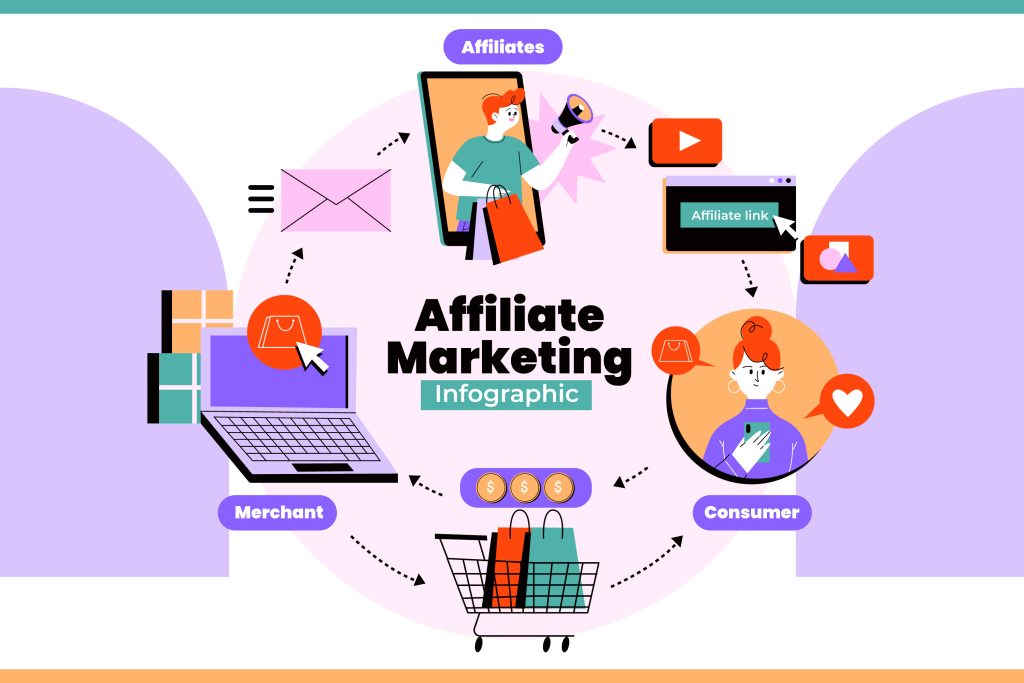User Generated Content (UGC)
User generated content (UGC) refers to any form of content created and shared by individuals rather than brands or organizations. This can include social media posts, reviews, testimonials, videos, photos, and blog entries, all produced by consumers who engage with a particular brand or product. In essence, UGC represents the collective voice of the audience, showcasing their authentic experiences and opinions. Unlike traditional content, which is often curated and polished by marketers, UGC thrives on candidness and spontaneity, providing a more relatable perspective for potential customers.
The key distinction between user-generated content and traditional marketing material lies in the source and its perceived authenticity. Traditional content is typically produced by companies to promote their products or services, often presenting an idealized version of reality. In contrast, UGC emerges organically from real users, thus fostering a sense of credibility. As consumers increasingly seek authentic connections with brands, UGC serves as an influential tool, offering a peer-based validation that traditional marketing often struggles to achieve.
In the realm of digital marketing, UGC plays a vital role in enhancing customer engagement and building stronger communities around brands. It not only allows users to voice their opinions but also invites potential customers to participate actively in the brand narrative. For example, brands like GoPro and Coca-Cola successfully encourage their customers to share their brand experiences through stunning visuals and inspiring stories. Such initiatives promote a sense of belonging and promote higher levels of trust, making UGC indispensable in contemporary marketing strategies. With authenticity at its core, UGC is becoming a treasured asset for brands looking to resonate with their audience in an increasingly competitive landscape.
The Rise of UGC in 2025

User generated content (UGC) has swiftly progressed to become a cornerstone of digital marketing strategies in 2025. This shift can be attributed to a multitude of factors, primarily the evolving consumer behavior that increasingly favors authenticity over traditional advertising narratives. Modern consumers are continually seeking genuine interactions with brands, and UGC effectively fulfills this demand. This approach not only nurtures trust but also actively engages the audience by involving them in the brand’s narrative.
One prominent factor contributing to the rise of UGC is the substantial impact of social media platforms. As platforms like Instagram, TikTok, and Facebook evolve, they continuously enhance features encouraging user creativity. With the proliferation of hashtags and challenges, users feel empowered to share their content, which brands can then leverage for their marketing purposes. According to research, UGC is 79% more likely to be seen as authentic compared to brand-generated content, thus spotlighting its effectiveness in fostering brand loyalty.
Several brands that embraced UGC have noted significant engagement growth. For instance, cosmetics brand Glossier has developed a robust community by showcasing customer photos and stories on their social media channels. This not only helped in building a loyal customer base but also increased conversions by 50%. Similarly, Nike’s “#JustDoIt” campaign, which encourages users to share personal stories related to sports and fitness, garnered millions of interactions, highlighting how consumer-generated stories can amplify brand narratives.
Furthermore, the importance of data analytics in understanding audience preferences has increased. Brands are now utilizing insights derived from user interactions to refine their marketing strategies and enhance the relevance of the UGC they curate. The fusion of analytics with UGC reveals a potent avenue for brands looking to harness consumer passion and creativity, thereby solidifying UGC’s place as an essential aspect of marketing strategies in 2025.
Harnessing the Power of Short-Form Video
In recent years, short-form video content has emerged as a dominant medium for user generated content (UGC). Platforms such as TikTok and Instagram Reels have shown that engaging videos, often lasting no more than 60 seconds, capture audiences’ attention more effectively than traditional static posts. This shift in consumer behavior reflects the increasing desire for fast-paced, visually engaging content that can convey messages quickly and succinctly. As brands recognize this trend, harnessing the power of short-form video has become a crucial aspect of their marketing strategy.
The effectiveness of short videos lies in their ability to foster engagement and retention among viewers. Research indicates that users are more likely to interact with and share video content. For instance, TikTok’s algorithm prioritizes user engagement, which encourages spontaneous creation and sharing of content. Brands can leverage this by initiating challenges or trends that encourage consumers to produce their own short videos featuring their products. Such participation not only boosts brand visibility but also enhances customer loyalty, as individuals feel a sense of community and belonging through their contributions.
To encourage customers to create and share short videos that align with their brand identity, companies can implement several creative strategies. For example, offering incentives like discounts or hosting contests can motivate users to produce quality content. Additionally, brands can partner with influencers who resonate with their target audience, further amplifying their reach. It’s also essential to provide clear guidelines on how to create content that reflects the brand’s values while leaving room for personal expression. This approach not only promotes authenticity but also ensures the generated content aligns with the marketing goals of the brand.
Collaborating with Digital Marketing Agencies
In the evolving landscape of digital marketing, user generated content (UGC) has emerged as a powerful tool for brands aiming to engage their audience authentically. Collaborating with digital marketing agencies can significantly enhance the implementation of a successful UGC strategy. These agencies possess the expertise and resources to assist brands in defining clear, actionable goals tailored to their unique market dynamics. This initial step is crucial, as precise goals serve as the foundation upon which effective UGC campaigns are built.
Furthermore, digital marketing agencies can design innovative campaigns that not only encourage the creation of UGC but also resonate with target audiences. By leveraging their creative capabilities, agencies can craft compelling narratives and themes that inspire customers to share their experiences or creations. This collaborative approach ensures that the campaigns are engaging and align with the brand’s overall messaging, thus fostering a sense of community among customers.
Maintaining brand consistency throughout UGC initiatives is another area where digital marketing agencies excel. They can develop comprehensive guidelines that define the tone, style, and context in which user-generated content should be shared. These guidelines help mitigate the risk of inconsistent messaging, ensuring that all UGC adheres to the brand’s established identity while still encouraging authenticity from consumers.
Moreover, agencies play a pivotal role in tracking and analyzing the performance of UGC, utilizing various metrics to assess its impact on brand visibility, engagement, and conversion rates. By interpreting this data, agencies provide valuable insights that inform future strategies, helping brands refine their approaches to harnessing user-generated content effectively. In summary, collaborating with digital marketing agencies considerably enhances the ability to leverage UGC, driving more impactful marketing outcomes for brands.
Creating UGC-Friendly Campaigns
User generated content (UGC) campaigns have emerged as a powerful strategy that brands can utilize to foster engagement and build community loyalty. To effectively create UGC-friendly campaigns, brands must first cultivate an inviting atmosphere that encourages consumers to share their experiences. One actionable strategy is the implementation of contests and challenges, where participants can submit their content for a chance to win prizes or recognition. Such incentives not only motivate users to create content but also enhance brand visibility through eager participation.
In addition to contests, brands can leverage social media tools to maximize their reach. Utilizing specific hashtags helps in categorizing content while simultaneously making it easier for users to engage with the brand. Brands should encourage the use of unique and catchy hashtags that align with the campaign theme, ensuring they resonate with the target audience. This approach not only simplifies the process of content tracking but also creates a sense of belonging among participants, promoting community collaboration.
Encouraging customers to share their content can also be achieved through leveraging popular trends. By staying attuned to current social media trends, brands can capitalize on these moments to foster user participation. For example, integrating viral challenges or activities into UGC campaigns can markedly enhance user engagement. Furthermore, brands should ensure they actively respond to and share submitted content, which reinforces user participation and demonstrates appreciation towards consumers’ efforts.
Lastly, providing users with clear guidelines on how to participate in the campaign is crucial. Brands can create detailed prompts that illustrate the desired content type and any relevant themes. By fostering an interactive and supportive environment, brands can effectively tap into the creative potential of their audience, resulting in a vibrant collection of user-generated content that elevates brand messaging and strengthens customer connections.
Measuring the Impact of UGC
User generated content (UGC) has increasingly become a pivotal component of contemporary marketing strategies, and measuring its impact is essential for brands looking to capitalize on this trend. The success of UGC campaigns can be tracked through several key performance indicators (KPIs), which allow marketers to assess their effectiveness in engaging audiences and driving brand loyalty.
One of the primary KPIs to monitor is engagement rate, which includes likes, shares, comments, and other interactions generated by UGC. A high engagement rate typically indicates that the content resonates well with the target audience, signifying effective communication and a strong connection between the brand and its consumers. By analyzing engagement, brands can gauge the emotional impact of UGC and its ability to foster community among customers.
Reach is another critical metric that should not be overlooked. This includes the total number of individuals who have seen or interacted with the UGC across various platforms. By measuring reach, brands can identify how far their content has traveled and the potential audience exposure. Enhanced reach indicates a successful amplification of brand messaging, leading to increased visibility in competitive markets.
Conversion rates offer additional insights into the impact of UGC on business objectives, particularly in driving sales or leads. By tracking how effectively UGC influences consumer decisions, brands can determine the return on investment (ROI) of their creative efforts. Analyzing the conversion funnel related to UGC interactions can reveal the direct influence such content has on purchasing behaviors.
To facilitate these measurements, various tools and methodologies are available, including social media analytics platforms that provide detailed insights into performance. Google Analytics can also track how UGC impacts website traffic and user behavior. By combining these qualitative and quantitative analyses, brands can gain a comprehensive understanding of how UGC contributes to their overall marketing goals, ensuring they stay ahead in the competitive landscape of 2025.
The Future of UGC: Trends and Predictions
The landscape of user generated content (UGC) continues to evolve, and as we look toward 2025 and beyond, several trends and predictions emerge that will shape its future. One significant advancement is the integration of augmented reality (AR) and artificial intelligence (AI). These technologies are expected to revolutionize how content is created and shared. For instance, AR will allow users to interact dynamically with brands through immersive experiences, facilitating the creation of UGC that is both engaging and authentic. The synergy of these technologies can enhance the storytelling aspect of UGC, making it more compelling and relatable for wider audiences.
Another trend anticipated in the UGC sphere is the shift in consumer expectations. As audiences become increasingly savvy and discerning, they will demand higher authenticity and relevancy in the content shared by brands. In response, companies must not only encourage but also curate UGC that aligns with their brand values and resonates with their target demographics. This curation involves meticulous processes for selecting content that represents the brand ethos while maintaining a genuine connection to the user-generated aspect.
Furthermore, brands will need to leverage data analytics to fine-tune their UGC strategies. By analyzing engagement metrics and consumer feedback, companies can better understand the types of content that drive interactions, conversions, and loyalty. This data-driven approach will enable brands to anticipate trends and adapt quickly to the shifting landscape of consumer preferences, ensuring their UGC campaigns remain effective and relevant.
Lastly, the focus on community building will also play a pivotal role in UGC’s future. Brands that foster a sense of belonging among their audiences will likely see a surge in authentic user-generated contributions. By creating spaces for dialogue and interaction, companies can stimulate more organic UGC, leading to sustainable engagement in the long run. Thus, the evolution of UGC in the marketing landscape will hinge on technological advancements, shifting consumer perceptions, and strategic community engagement.


